Mercedes EQS vs VW ID.7 Touring – Which car suits you better?
Compare performance, boot capacity, efficiency and price at a glance.
Find out which car is the better choice for you – Mercedes EQS or VW ID.7 Touring?
Here’s where it gets real: The technical differences in detail
Costs and Efficiency: When it comes to price and running costs, the biggest differences usually appear. This is often where you see which car fits your budget better in the long run.
VW ID.7 Touring has a significantly advantage in terms of price – it starts at 47100 £, while the Mercedes EQS costs 93900 £. That’s a price difference of around 46839 £.
In terms of energy consumption, the advantage goes to the VW ID.7 Touring: with 14 kWh per 100 km, it’s somewhat more efficient than the Mercedes EQS with 16.50 kWh. That’s a difference of about 2.50 kWh.
As for range, the Mercedes EQS performs a bit better – achieving up to 816 km, about 127 km more than the VW ID.7 Touring.
Engine and Performance: Power, torque and acceleration say a lot about how a car feels on the road. This is where you see which model delivers more driving dynamics.
When it comes to engine power, the Mercedes EQS has a noticeable edge – offering 544 HP compared to 340 HP. That’s roughly 204 HP more horsepower.
In acceleration from 0 to 100 km/h, the Mercedes EQS is clearly perceptible quicker – completing the sprint in 4.40 s, while the VW ID.7 Touring takes 5.50 s. That’s about 1.10 s faster.
In terms of top speed, the Mercedes EQS performs a bit better – reaching 210 km/h, while the VW ID.7 Touring tops out at 180 km/h. The difference is around 30 km/h.
There’s also a difference in torque: the Mercedes EQS pulls noticeable stronger with 858 Nm compared to 679 Nm. That’s about 179 Nm difference.
Space and Everyday Use: Whether family car or daily driver – which one offers more room, flexibility and comfort?
Both vehicles offer seating for 5 people.
In curb weight, the VW ID.7 Touring is slightly lighter – 2191 kg compared to 2545 kg. The difference is around 354 kg.
In terms of boot space, the Mercedes EQS offers slight more room – 610 L compared to 605 L. That’s a difference of about 5 L.
In maximum load capacity, the Mercedes EQS performs barely noticeable better – up to 1770 L, which is about 56 L more than the VW ID.7 Touring.
When it comes to payload, Mercedes EQS to a small extent takes the win – 565 kg compared to 465 kg. That’s a difference of about 100 kg.
Our conclusion: The Mercedes EQS proves to be leaves the rival little chance and thus becomes our DriveDuel Champion!
Overall, Mercedes EQS is the better all-rounder in this comparison.
Mercedes EQS
The Mercedes-Benz EQS redefines luxury in the realm of electric vehicles, combining exceptional comfort with cutting-edge technology. Its sleek and aerodynamic design is a testament to both elegance and efficiency, setting new standards for the brand. Inside, the EQS offers a serene and spacious cabin equipped with the latest advancements, ensuring a refined driving experience.
details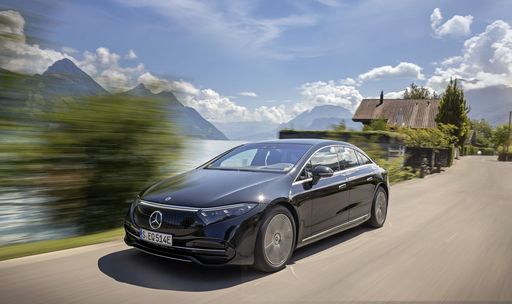 @ group-media.mercedes-benz.com
@ group-media.mercedes-benz.com
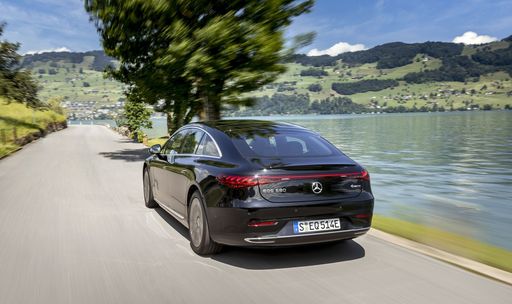 @ group-media.mercedes-benz.com
@ group-media.mercedes-benz.com
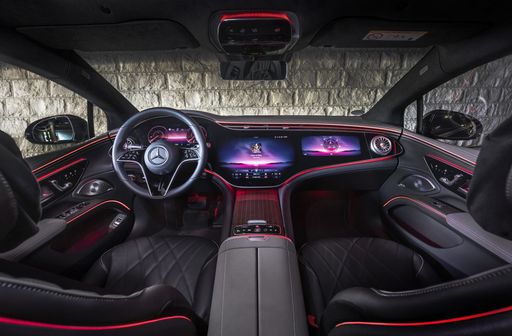 @ group-media.mercedes-benz.com
@ group-media.mercedes-benz.com
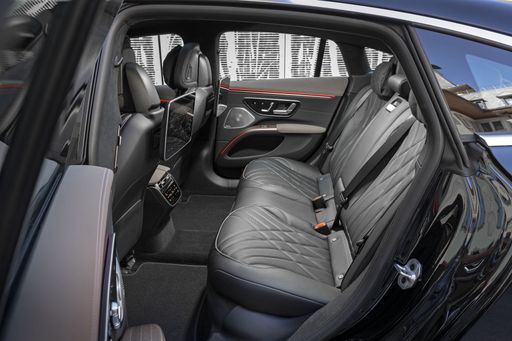 @ group-media.mercedes-benz.com
@ group-media.mercedes-benz.com
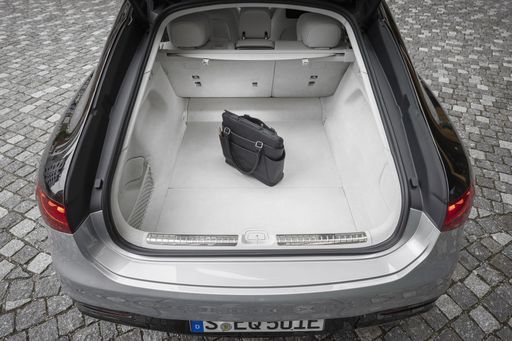 @ group-media.mercedes-benz.com
@ group-media.mercedes-benz.com
VW ID.7 Touring
The VW ID.7 Touring represents a new chapter in Volkswagen's electric vehicle lineup, offering a seamless blend of style and sustainability. This estate car is designed to provide ample space and comfort for both passengers and luggage, making it ideal for long journeys. With advanced technology features and a focus on eco-friendly performance, the ID.7 Touring is set to appeal to environmentally conscious drivers who don’t want to compromise on practicality or luxury.
details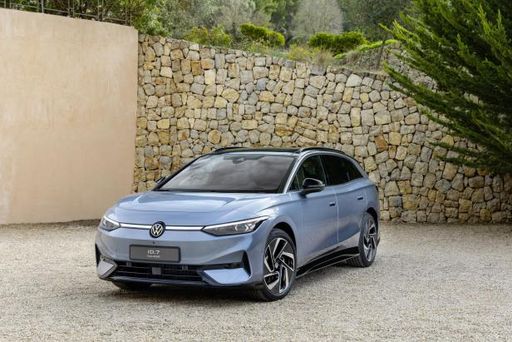 @ Volkswagen
@ Volkswagen
 @ Volkswagen
@ Volkswagen
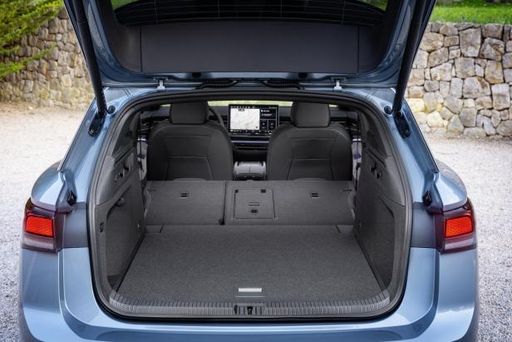 @ Volkswagen
@ Volkswagen

|
 @ Volkswagen
@ Volkswagen
|
|
|
|
Costs and Consumption |
|
|---|---|
|
Price
93900 - 123500 £
|
Price
47100 - 54900 £
|
|
Consumption L/100km
-
|
Consumption L/100km
-
|
|
Consumption kWh/100km
16.5 - 17.2 kWh
|
Consumption kWh/100km
14 - 16.6 kWh
|
|
Electric Range
790 - 816 km
|
Electric Range
584 - 689 km
|
|
Battery Capacity
118 kWh
|
Battery Capacity
77 - 86 kWh
|
|
co2
0 g/km
|
co2
0 g/km
|
|
Fuel tank capacity
-
|
Fuel tank capacity
-
|
Dimensions and Body |
|
|---|---|
|
Body Type
Hatchback
|
Body Type
Estate
|
|
Seats
5
|
Seats
5
|
|
Doors
5
|
Doors
5
|
|
Curb weight
2545 - 2655 kg
|
Curb weight
2191 - 2336 kg
|
|
Trunk capacity
610 L
|
Trunk capacity
605 L
|
|
Length
5223 mm
|
Length
4961 mm
|
|
Width
1926 mm
|
Width
1862 mm
|
|
Height
1512 mm
|
Height
1549 - 1551 mm
|
|
Max trunk capacity
1770 L
|
Max trunk capacity
1714 L
|
|
Payload
550 - 565 kg
|
Payload
459 - 465 kg
|
Engine and Performance |
|
|---|---|
|
Engine Type
Electric
|
Engine Type
Electric
|
|
Transmission
Automatic
|
Transmission
Automatic
|
|
Transmission Detail
Reduction Gearbox
|
Transmission Detail
Reduction Gearbox
|
|
Drive Type
All-Wheel Drive, Rear-Wheel Drive
|
Drive Type
Rear-Wheel Drive, All-Wheel Drive
|
|
Power HP
360 - 544 HP
|
Power HP
286 - 340 HP
|
|
Acceleration 0-100km/h
4.4 - 6.2 s
|
Acceleration 0-100km/h
5.5 - 6.7 s
|
|
Max Speed
210 km/h
|
Max Speed
180 km/h
|
|
Torque
568 - 858 Nm
|
Torque
545 - 679 Nm
|
|
Number of Cylinders
-
|
Number of Cylinders
-
|
|
Power kW
265 - 400 kW
|
Power kW
210 - 250 kW
|
|
Engine capacity
-
|
Engine capacity
-
|
General |
|
|---|---|
|
Model Year
2024
|
Model Year
2024
|
|
CO2 Efficiency Class
A
|
CO2 Efficiency Class
A
|
|
Brand
Mercedes-Benz
|
Brand
VW
|
What drivetrain options does the Mercedes EQS have?
Available configurations include All-Wheel Drive or Rear-Wheel Drive.
The prices and data displayed are estimates based on German list prices and may vary by country. This information is not legally binding.
